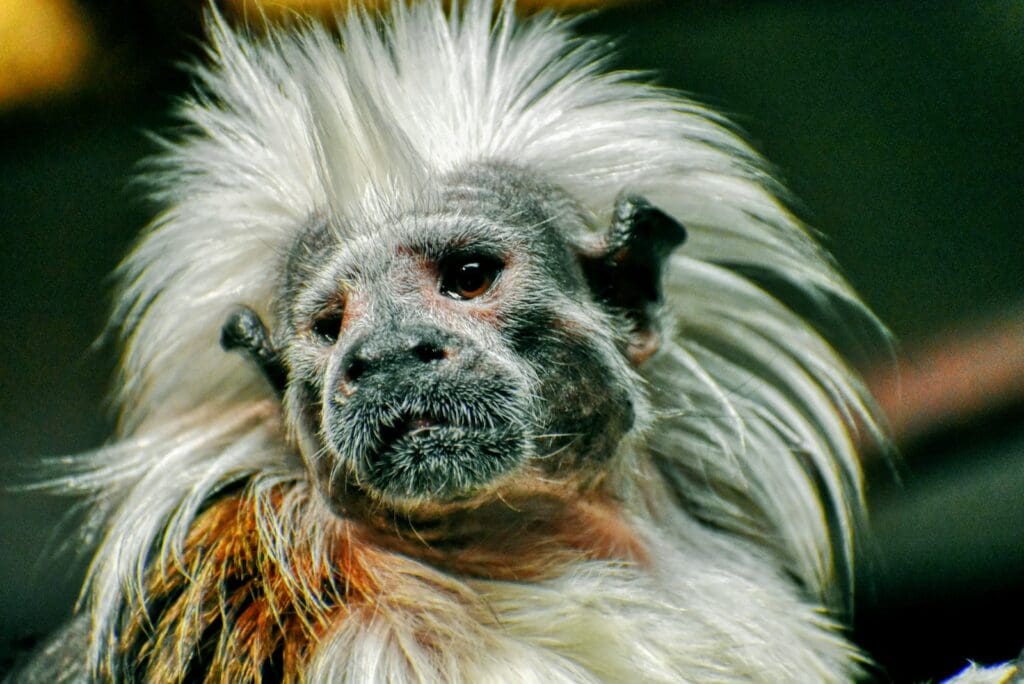
A Day with a Zoo Photographer – Capturing the Wild Side of Zoo Life
Capturing the essence of wildlife within the enclosures of a zoo involves a delicate blend of patience, passion, and technical precision. Zoo photographers spend their days studying animal behaviors, waiting for the golden moments when a creature’s personality shines through. They wield their cameras as tools to tell stories, often revealing a connection between the wild inhabitants of the zoo and the humans who come to admire them. With the right lens and a keen eye for detail, these photographers craft images that can inspire conservation and foster a deeper appreciation for nature’s diverse beauty.
For those looking to explore zoo photography, it’s not merely about snapping random pictures of animals; it involves understanding the unique challenges that come with the territory. Unlike in the wild, zoo photographers must work around fences, reflective glass, and varying levels of light to capture the animals in a way that feels natural and unobstructed. They share practical photography tips to navigate these obstacles, such as finding the best angles and using specific camera settings to enhance the final photograph. It’s this combination of skill and resourcefulness that enables photographers to turn a simple zoo visit into a compelling visual journey.
Understanding Zoo Photography Basics
In the realm of zoo photography, having the right equipment and mastering camera settings are pivotal for capturing striking animal portraits. Composition and framing further enhance the visual allure, turning simple shots into compelling stories.
Photography Gear and Equipment
A well-equipped camera bag is the foundation for successful zoo photography. The photographer typically chooses between a versatile DSLR or a lightweight mirrorless camera, each with its own advantages. Lenses are crucial; a telephoto lens with a long focal length allows for close-ups while maintaining a safe distance from the animals. A prime lens may be employed for its sharpness and fast aperture. In special cases, a macro lens comes in handy for detailed shots of smaller species. A tripod or monopod is advisable to stabilize the camera, especially in low lighting conditions or when using heavy lenses.
- Camera Options:
- DSLR
- Mirrorless Camera
- Lens Choices:
- Telephoto lens: for distance shots
- Prime lens: for clarity and speed
- Macro lens: for close-up detail work
- Stability Tools:
- Tripod
- Monopod
Camera Settings for the Zoo Environment
Navigating the camera settings is key to adapting to varying lighting conditions within the zoo. Aperture priority mode is often preferred for managing the depth of field; setting a wide aperture helps to isolate the subject from distracting backgrounds. A high ISO setting can compensate for low natural light but should be balanced to avoid noise. Fast shutter speed freezes movement, capturing animals in action without blur. Autofocus is typically the mode of choice for its speed and accuracy, especially for animals that move unpredictably.
- Key Settings:
- Aperture: Wide for shallow depth of field
- ISO: Adjust according to light
- Shutter Speed: Fast to freeze motion
- Focus: Autofocus for moving subjects
Composition and Framing Techniques
In zoo photography, composition and framing are pivotal for compelling images. Photographers utilize techniques such as the rule of thirds to position animals dynamically within the frame. Paying attention to focal length and depth of field influences the photo’s impact by focusing on the animal while blurring the background. The use of natural light can dramatically alter the mood of a shot, with early morning or late afternoon offering softer, more flattering light. Lastly, consideration for the background and white balance ensures that the colors are true to life and that the background enhances, not detracts from, the main subject.
-
Framing Techniques:
- Rule of thirds: for dynamic positioning
- Depth of field: to focus attention
-
Lighting and Background:
- Natural light: for a soft and natural look
- White balance: for accurate color reproduction
The Art of Capturing Zoo Animals
Capturing the essence of zoo animals through photography involves understanding their behaviors, overcoming the physical barriers of enclosures, and deploying creative techniques. A good zoo photographer needs patience and a keen eye for detail to portray the beauty and uniqueness of wildlife in confinement.
Working with Animal Behaviors and Routines
Photographers must align themselves with the animals’ schedules, including feeding times, to capture them at their most active or expressive. Observing their routines can lead to predicting behaviors that result in dynamic photos. For instance, capturing an animal just as it starts its feeding routine can result in a photograph full of action and intrigue.
Overcoming Enclosure Challenges
The barriers between the photographer and zoo animals, such as fences, glass, and cages, can obscure the view. To reduce glare or reflections, photographers should find angles where these disturbances are minimized. They often use a lens hood or polarizing filter to cut down reflections from glass enclosures. Importantly, they aim to shoot at a time when the sun’s position minimizes reflections on enclosures.
Creative Approaches to Zoo Animal Photography
Employing creative angles and focusing on unique patterns or backgrounds within the zoo can lead to striking animal photos. A photographer may choose a shallow depth of field to blur the background, making the animal stand out, or wait for moments of action when an animal is moving to provide a sense of life in their images. The use of light and shadow, especially during the golden hours of sunrise and sunset, can enhance the mood and texture of the photograph.
Practical Tips for Zoo Photography
Achieving the perfect shot in a zoo environment involves navigating a variety of lighting conditions and maintaining patience despite crowds and space limitations. These practical tips will guide photographers on how to master these challenges effectively.
Dealing with Lighting and Weather
When photographing animals in a zoo, photographers should pay attention to the natural lighting available. On overcast days, the diffused light can minimize harsh shadows, allowing for clear, evenly-lit shots. During the golden hour—shortly after sunrise or before sunset—the soft, warm light can add a magical quality to the images. When dealing with tricky lighting conditions, one might consider using a flash to illuminate the subject, but be wary of glare when shooting through glass. It’s best to position the lens at an angle to the glass to avoid reflections.
In contrast, bright, midday light can cause harsh shadows, especially in open areas without shade. Photographers should look for opportunities to photograph animals when they move into shaded areas to achieve more balanced exposure.
Navigating Crowds and Space Limitations
Zoo photography often involves working around crowds, especially in popular wildlife parks or during safaris. One way to lessen the impact of people is by visiting early in the morning, when there are fewer visitors and animals may be more active. Utilizing longer lenses can also help by allowing photographers to capture close-up shots while staying back from the enclosure, reducing the number of people and barriers in the frame.
When shooting through fences, a long lens with a wide aperture can help to blur the fence out of focus, making it virtually disappear from the final photo. Utilize angles and perspectives creatively—look for vantage points that are not right at eye level for a fresh view. Patience is essential when waiting for a moment when animals move into the perfect position and crowds disperse enough to get a clear shot.
Zoo Photography Etiquette and Ethics
Zoo photography is more than just taking stunning pictures; it involves respect for the wildlife subjects and adherence to the ethical standards that ensure the conservation and education efforts of zoos are supported.
When wildlife photographers enter a zoo, they become ambassadors for ethical practices that prioritize animal welfare. First and foremost, they never cause stress or discomfort to the animals. It is crucial to photograph the animals without interfering with their natural behavior. Using silent shooting modes to avoid startling animals is a common practice among respectful photographers.
Keeping a safe distance from the exhibits is not only for one’s safety but also minimizes disturbance to the zoo’s inhabitants. Overstepping boundaries can lead to dangerous situations for both the animals and the visitors. Many professional wildlife photographers opt for longer lenses to maintain this distance while capturing close-up images.
Photography planning can involve researching the best times to visit when the zoo is less crowded, such as early mornings or late afternoons. This not only ensures better shots with fewer people but also aligns with cooler times of the day when animals are more likely to be active and visible.
Regarding zoo membership and support, it’s important that photographers, amateur or professional, contribute to the zoo’s efforts. This can include buying a membership or donating to the zoo’s conservation programs. By doing so, photographers help support the research and education initiatives that zoos undertake.
In sum, whether one is an avid wildlife photographer or a visitor looking to capture a memory, it’s vital to remember that each photo should reflect a commitment to the animals’ well-being and the zoo’s role in their protection and understanding.



